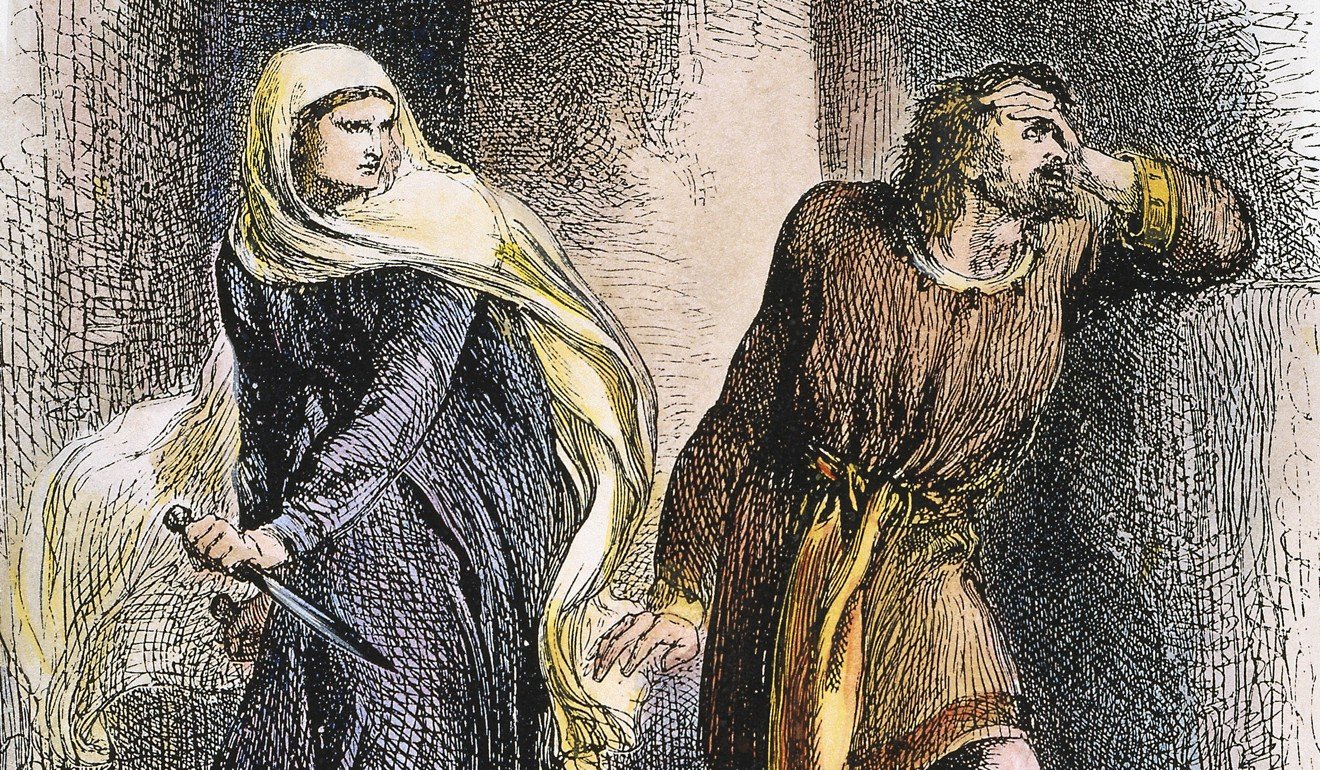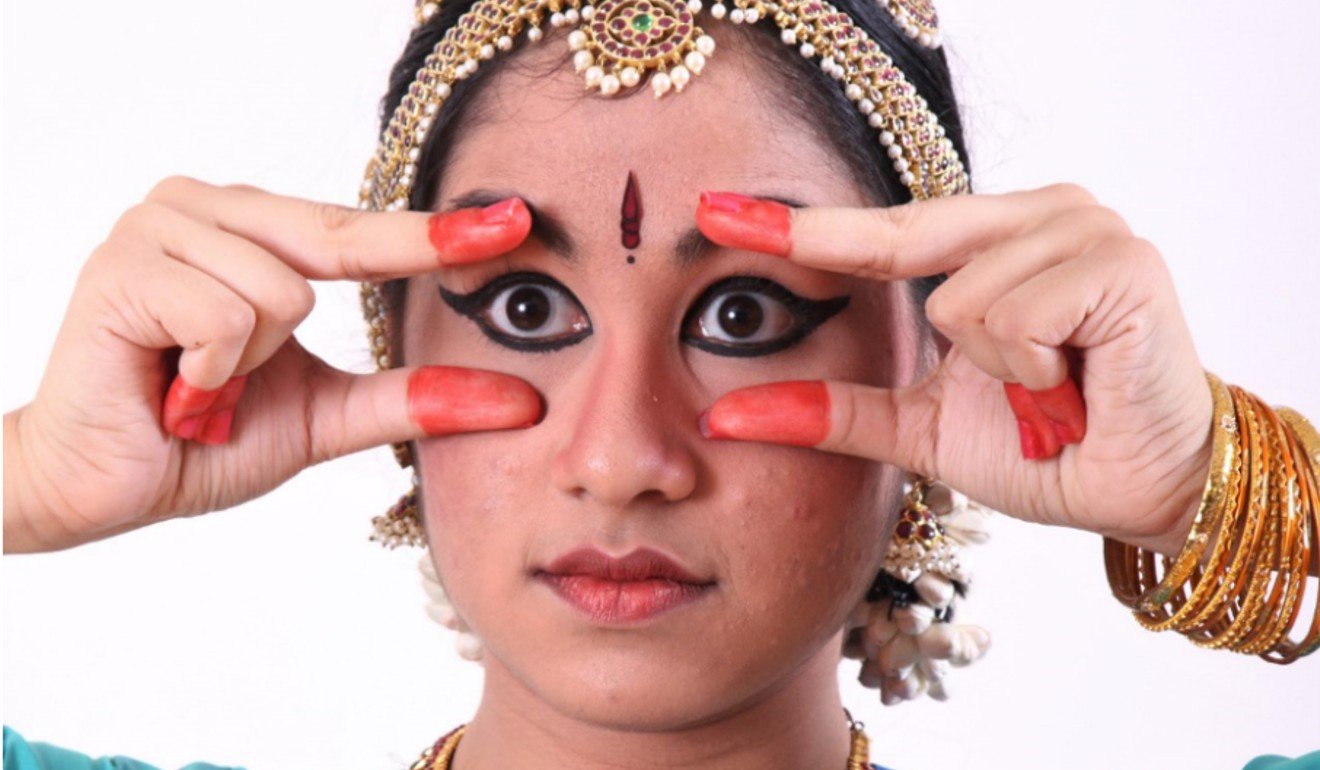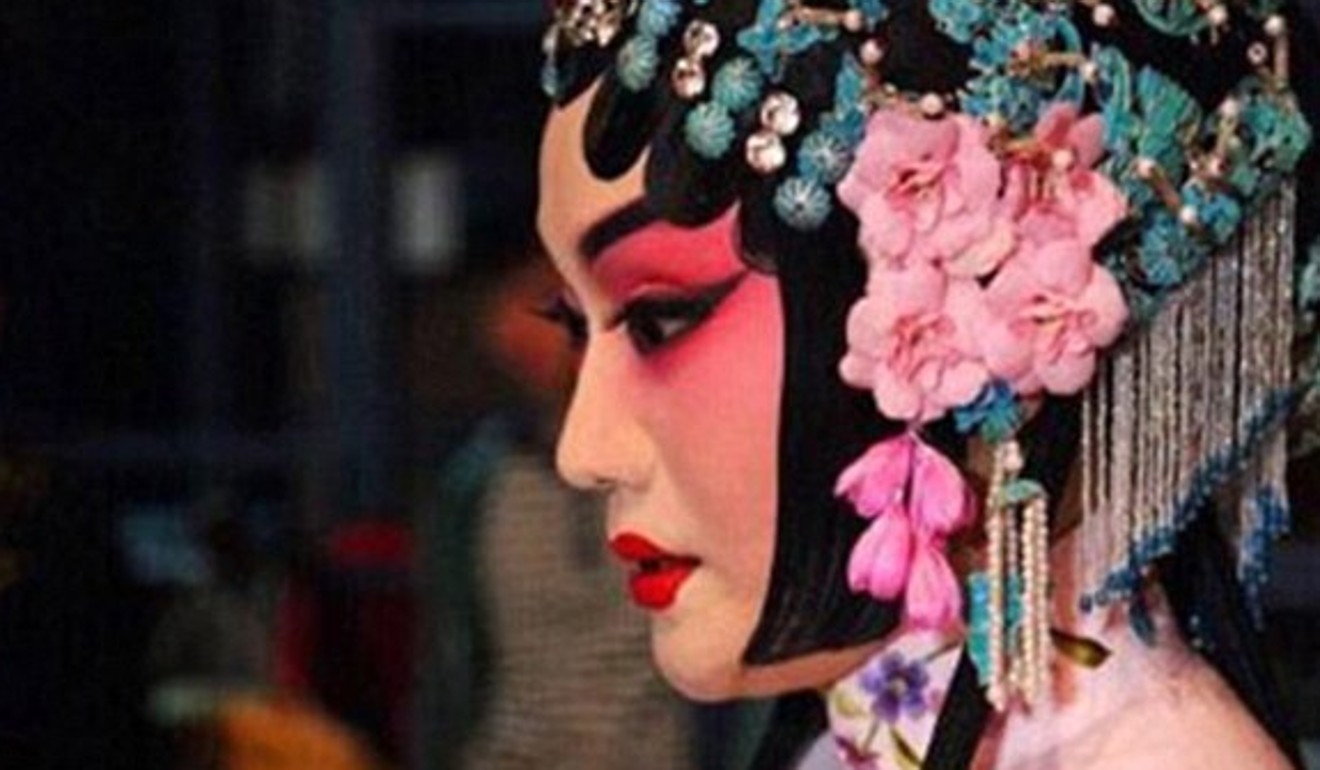
The real reason a journalist’s eye-roll captivated China
She might not have known it, but the Chinese news reporter who became the toast of the internet by rolling her eyes at a rival was channelling hundreds, if not thousands, of years of drama and performance
The ever-reliable eye-roll: a go-to sign for moments of exasperation, sarcasm or general “fed-upness”. And while millions of them are rolled out every day, a deeper understanding of the facial expression’s colourful lineage across Asia is far from commonplace. The eye-roll, along with its slightly more uninhibited cousin, the eye-pop, makes headlines regularly. Indeed, “eyes rolled” or “eye-popping” are clichés in the realm of political journalism. But in the physical world, a well-rehearsed eye-roll is a sight to behold.
WATCH: Chinese reporter’s epic eye-roll
So why all the hubbub over a moving eyeball?
To some extent, we are natural born eye-rollers – the action is a simple way of looking at things we are interested in, or looking away when we are not. But there are deeper meanings to the physical action that are taught, learned and perfected later in life.
Eye-rolls have had these deeper meanings since at least the 16th century, though in those days they meant something quite different. William Shakespeare used the expression in his 1594 poem The Rape of Lucrece to create a moment of heady passion and lust. Much later in Maurice Sendak’s 1963 Where the Wild Things Are, the relishing beasts “roll their terrible eyes” at the prospect of devouring young Max.

Sexy siren to rebel granny: Zeenat Aman on her Bollywood journey
Dating well beyond the years of Sendak’s children’s book or Shakespeare’s poem is the intricate world of Indian classical arts. According to Jukka O. Miettinen, from the Theatre Academy of the University of the Arts Helsinki, the ancient Hindu Sanskrit text Natya Shastra, on performance art, dictates 108 karanas or basic dance units, four ways of standing, 32 movements of the feet and hips, nine neck movements, seven eyebrow wiggles, 36 gazes, and dozens of symbolic hand gestures.

Performers would train daily in eye movements such as the Alokita, in which performers roll their eyeballs in a circular pattern, or the Saachi, in which they force their irises to opposite corners.
The museums behind the murmurs of a Southeast Asian renaissance
Similar moves in Sri Lanka, influenced by South Indian dances, take things a little further. In the island nation’s Kandyan dances, performers would roll their eyes so far back only the whites could be seen. According to Miettinen, this gave an impression of ecstasy or of being in a trance.
These Hindu dances largely told the dramatic stories of myth and legend and as the culture spread from the Indian subcontinent across Asia, so too did many of the same movements.

The Kebyar dance, one of the most embellished and spectacular in the culture’s repertoire, is a dizzying display of eye rolls, jolts, pops and pauses. Meanwhile, the baris gede, or warrior dance, is a fearsome performance that conveys the fighters’ moods in battle, from courage to fear and from doubt to determination.

“All the Peking Opera singers need to receive training in hand, eye, body movement, and steps [how to walk on stage],” he says.
“Normally they need years of training before they can perform in public.
“One typical example is that Mei Lanfang [one of the most famous Peking opera artists] trained his eye-rolling by raising a group of doves and following their movement in the sky to be agile and vivid in depicting the roles.
“I don’t think anyone can perform without proper training in eye movement, so I’m sure even today they still need to go through the process – maybe not by watching doves, of course,” he says.
The ties that bind Papua and Indonesia
Learning, understanding and using the aesthetic power of the eyes as a potent expressive form is a fulfilling element of Asian dance and culture, Cooper says. And contemporary choreographers in the region are still turning to these classical methods to get the mood across to audiences.
So while the journalist at last week’s press briefing may have thought her eye-roll was little more than a momentary flutter, she was in fact channelling hundreds, if not thousands, of years of drama and performance in Asia.
It seems we, the audience, are still captivated. ■

